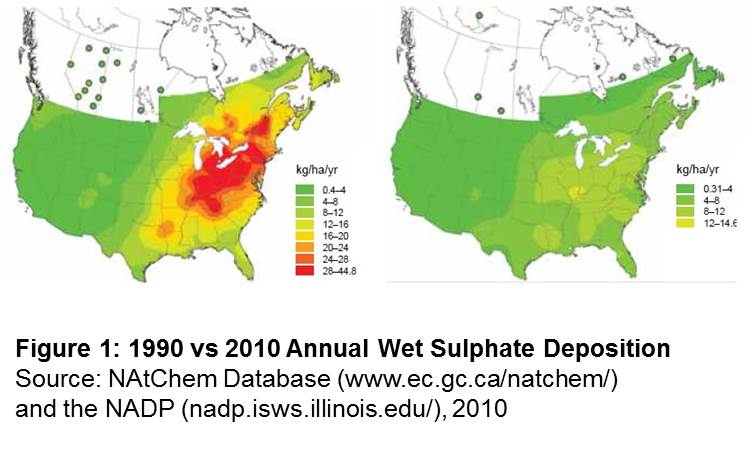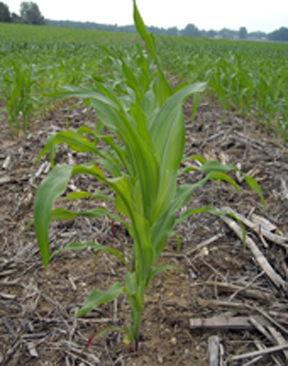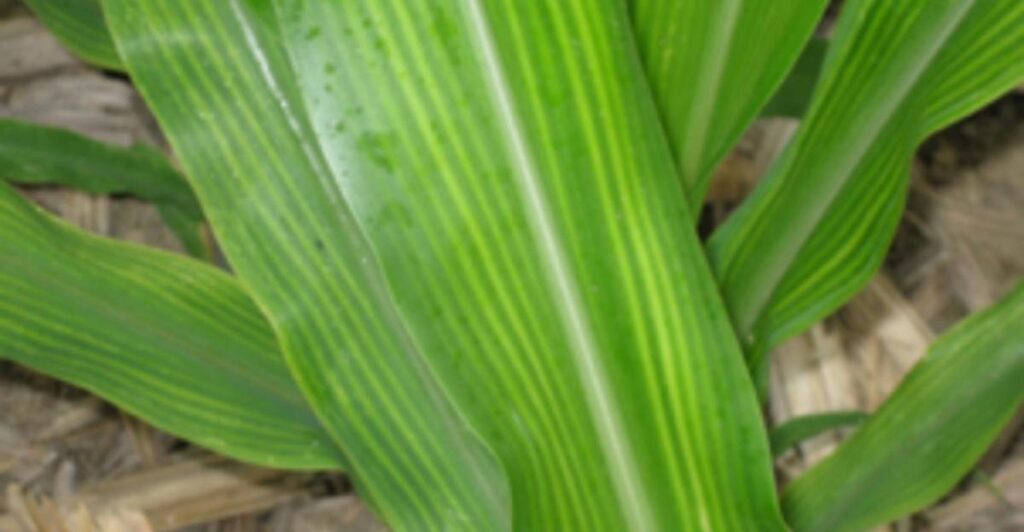Reviewing Your Sulphur Needs for Top Yields
October 2, 2017 | Category: Agronomy |Overview
One nutrient that you may or may not have on your radar is sulphur. Sulphur (S) deficiencies have been more prevalent throughout my travels the past couple of years, and especially this year where I witnessed cool, wet soils. Have you added any sulphur to your fertility program? If not, maybe you should consider your options when doing your crop plans for 2018!
Sulphur (S) is one of the secondary nutrients that’s often ranked behind nitrogen, phosphorus and potash. Sulphur is essential for chlorophyll formation, which aids in maximizing yields and quality and is part of every living cell. Sulphur fertility has been gaining more popularity throughout the last couple of years for several different reasons:
- Higher yielding crops are requiring and removing more sulphur.
- Reduction of livestock in some area – manure is a great source of sulphur.
- Immobilization of sulphur in organic matter from conservation tillage.
- Decreased amount of sulphur in herbicides and fungicides used.
- With the Clean Air Act, emission control efforts have greatly reduced the amount of sulphur emitted into the atmosphere by the burning of fossil fuels. Historically, 8-13 kg/ha per year of sulphur would be provided to crops from acid rain and snow.

Sulphur in the Soil
Sulphur can exist in soil in many forms, both organic and inorganic. 95% of sulphur found in soil is tied up in organic matter. Mineralization of organic matter breaks inorganic sulphur into useful forms of sulphur for the plants. Higher organic matter (OM) soils will provide more available sulphur annually than a lower OM soil. General rule of thumb: every 1% of organic matter will provide 2-5 lbs of sulphur through mineralization annually. This is why lower organic matter, sandier soils are more prevalent to sulphur deficiencies. The sulphur cycle mimics the nitrogen cycle; like nitrate, sulphate is an anion, making it mobile in the soil and therefore subject to losses.
Identifying Sulphur Deficiency
A typical 200 bushel of corn will remove approximately 24-30 lbs of sulphur. If growers solely rely on sulphur from soil mineralization, a deficiency may occur. Sulphur deficient corn usually expresses an overall yellowing of the plant and is stunted and delayed (Figure 2). In the plant, sulphur is not very mobile, hence will be noticed first on younger upper leaves. In corn – yellowing interveinal striping may also be present (Figure 3). This sometimes can be misdiagnosed as zinc, manganese or magnesium. A tissue sample is a great way to help determine if sulphur is a limiting factor.


Sulphur Application Timing
Sulphur uptake takes place throughout the whole growing cycle. In fact, 52% of sulphur uptake happens after R1 in corn (see Figure 4). There are several different forms of fertilizer available for supplementing sulphur. There are a few things to consider when applying different forms. Products such as ammonium sulphate (21-0-0 24S), ammonium thiosulphate (12-0-0-26S), potassium magnesium sulphate, also referred to as k-mag (0-0-22-23S 11mg) or potassium sulphte (0-0-50 18S) are great products that can be used. These fertilizers supply sulphur that are in the sulfate form (SO4) and are usually spread prior to planting or banded in the planting operation. Elemental sulphur (0-0-0 90S) is another fertilizer form that can be used. Elemental sulphur needs time to be oxidized within the soil to transform into SO4. Warmer and moist conditions usually help accelerate the breakdown of elemental sulphur, thus will be minimal early on in growing season. Crops that need sulphate supply early in the spring (i.e. winter wheat or the first cut of alfalfa) need a spring applied sulphate fertilizer supply. Other crops such as corn or soybeans have a sulphur requirement that comes later in the season and in these cases, fall applied elemental sulphur could be used as it would have time to convert over to the sulphate form in time to meet the crops demands.

Chadd Taylor, CCA-ON
Maizex Seeds Territory Manager, Central Ontario
Twitter: @ChaddTaylor1
References
Anonymous. 2014. Maximize yields and Sulfur availability. The Mosaic Company.
Aspinall et al. 2006. Soil Fertility Handbook. Publication 611. Toronto, Canada. Ministry of Agriculture, Food and Rural Affairs.
Camberto, J. (2016) Yellow striping in corn may be linked to Sulfur deficiency. Purdue University
Purdue University department of Agronomy. (2012). Soil Fertility Update. https://www.agry.purdue.edu/ext/corn/news/timeless/sulfurdeficiency.pdf
Bast L, Warncke D. (2010). Sulfur deficient Corn. Michigan State University.
Like what you’re reading? Sign up to receive weekly agronomy updates from Greg Stewart and the Maizex Agronomy Team right to your inbox! CLICK HERE
